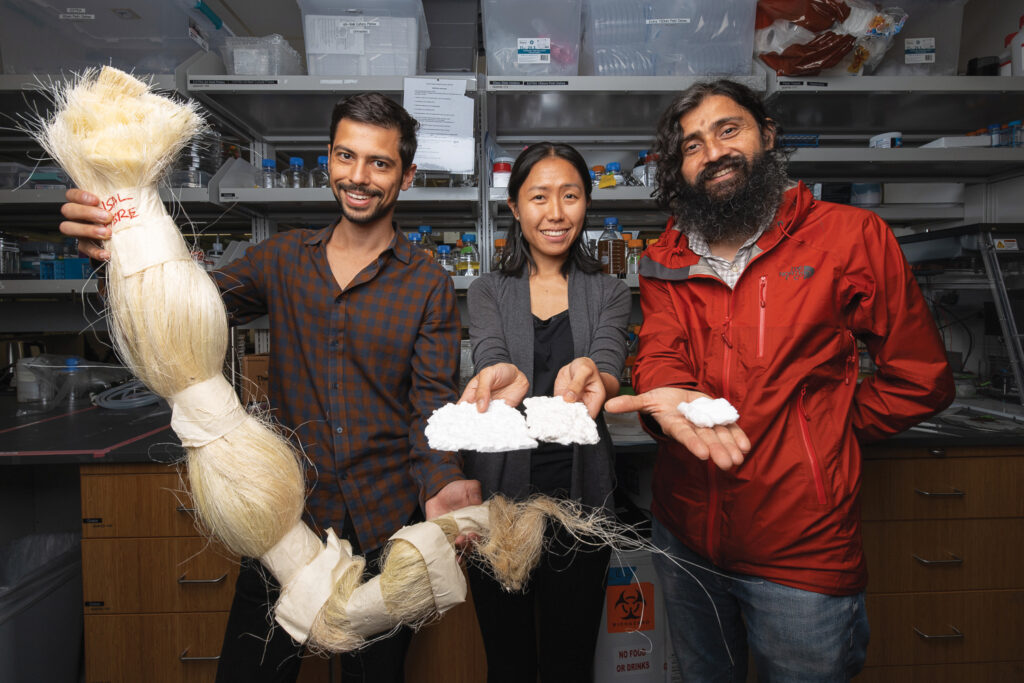
Of all the things that keep girls out of school in developing nations, biological processes shouldn’t have to be one of them. But the simple lack of access to or money for menstrual pads, often referred to as “period poverty,” can mean some girls can miss 20% of their school term. Even in Kenya, where girls are supposed to get free pads at school due to a government initiative, they are not always distributed.
Researchers at Stanford University, in partnership with a Kenyan engineer, have developed a method to obtain high-quality, fluffy cellulose pulp out of sisal fibers to be used for pads. The team’s hope is that by making their methods open source they can spur the development of small-scale, locally made—and thus more accessible—sustainable and biodegradable pads.
“You can truly imagine a small-scale factory—maybe the size of a local brewery—making 5[,000] to 10,000 pads per day with nothing but the biological material coming in and products going out,” says Manu Prakash, an associate professor of bioengineering at Stanford.
The sisal plant is drought tolerant, even invasive in some areas, and is already grown on marginal land for rope, twine and cattle feed. Researchers note that the chemicals used in the processing are easy to source and can be recycled or degraded into CO2 and water.
The research was published in Communications Engineering in November 2023. The team has established the Plant Pad Consortium to share knowledge among entrepreneurs, academic groups and other organizations tackling period poverty.
 TEXTILES.ORG
TEXTILES.ORG


